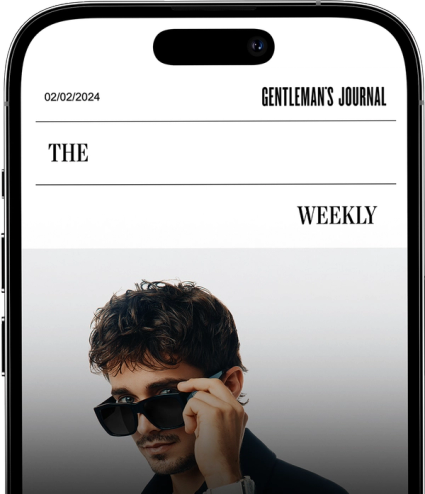
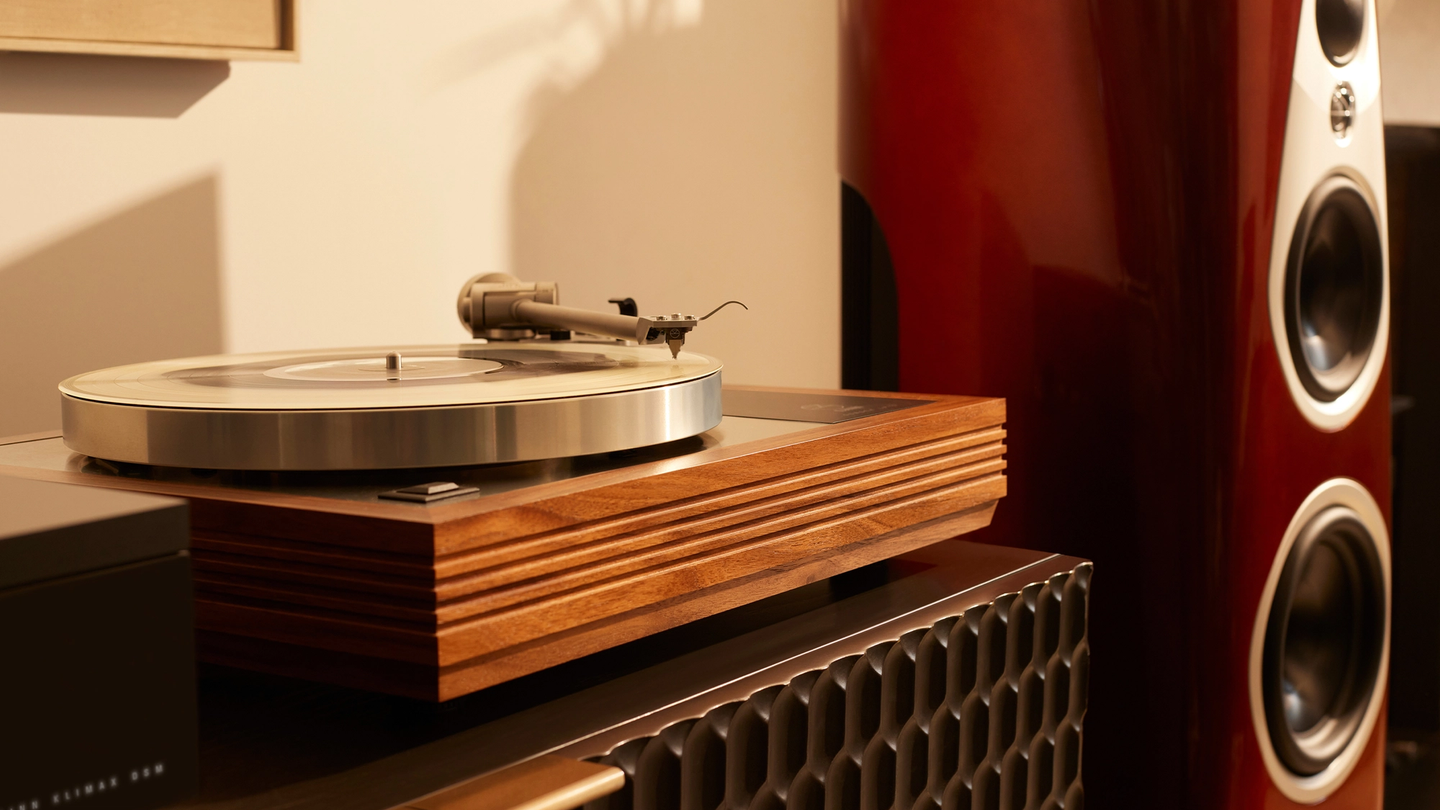
How Linn creates the world’s purest audio equipment
When its first product was introduced, in 1973, the label upended the music industry by focusing on improving the source rather than the speaker. More than 50 years down the line, it continues to perfect the listening experience
Listening to music is a universal joy. Not much effort is required. Plug in and play and let it flow through you. When the notes resonate, there’s an instant, emotional connection that cannot be rivalled. And for more than 50 years, Linn has been heightening this profound feeling even more by designing, engineering and manufacturing the greatest audio equipment in the world.
A focus on extracting as much musical information as possible from the source is the ethos that drives the company. “Whether it’s a vinyl record or a digital stream, how well you construct a musical signal from that remains the crucial differentiating factor in a great hi-fi system,” says chief-exec Gilad Tiefenbrun.
This principle has been embedded into the brand ever since its 1973 launch by Ivor Tiefenbrun, Gilad’s father, a young engineer who believed that, through intelligent experimentation and precision engineering, he could create better sound quality than that offered by the underwhelming music system he had at home.
Ivor Tiefenbrun
During his period of research, Tiefenbrun soon realised that his turntable was being affected by changes in the sound pressure coming from the accompanying loudspeakers – and with this notion established, he went on to make a record player that was immune to acoustic feedback, therefore maximising the amount of music information that could be extracted from the grooves of a vinyl. (Counterparts at the time were designed solely to be shock-proof.)
The resulting product, the Sondek LP12, was the brand’s first offering and remains its most iconic piece to date, a sleek, timeless build whose focus on acoustic isolation challenged the widely held belief that the loudspeaker – not the source – was the most important part of a hi-fi setup.
Though he created a groundbreaking design, Tiefenbrun knew that it wasn’t perfect, so he made the LP12 modular, allowing it to be tweaked and upgraded over the years as new technology would unfurl. This decision wouldn’t only prolong the life of the LP12, but would also facilitate long-term connections between brand and customer.
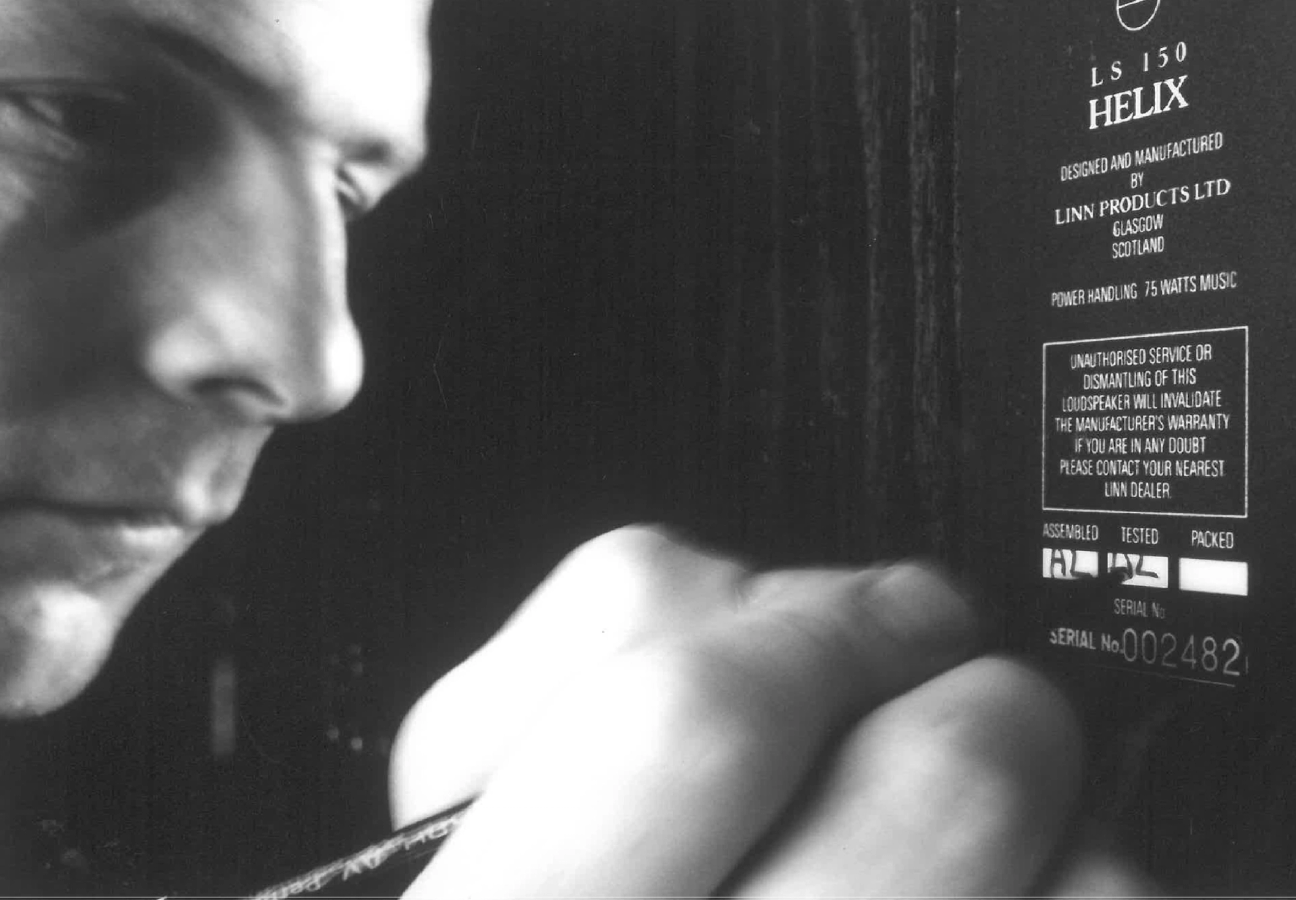
With the LP12 as its foundation, Linn, whose original HQ was based in Castlemilk, Glasgow, grew its product line in the years thereafter. In 1974, the company introduced the Isobarik, a set of loudspeakers renowned for their deep yet controlled bass. Then 1985 saw the LK1 and LK2, the world’s first microprocessor-controlled preamplifier and power amplifier, respectively, both of which cemented Linn’s status as an electronics expert. In the five decades since its release, the original LP12 has seen more than 50 retrofittable mechanical and electrical upgrades that it can be upgraded with.
Fuelling Linn’s innovative approach is a steadfast commitment to craft and the people behind it all. Notably, each piece is designed and handmade under one roof, at Linn’s Waterfoot premises that it moved into in 1987, a purpose-built factory surrounded by the countryside and brought to life by famed architect Richard Rogers. “It was all about integration”, says Ivor of the initial plans for the building and the collaborative ethos he wanted it to foster. “Everything flows so naturally and easily around this factory: people, material and ideas,” adds Gilad.
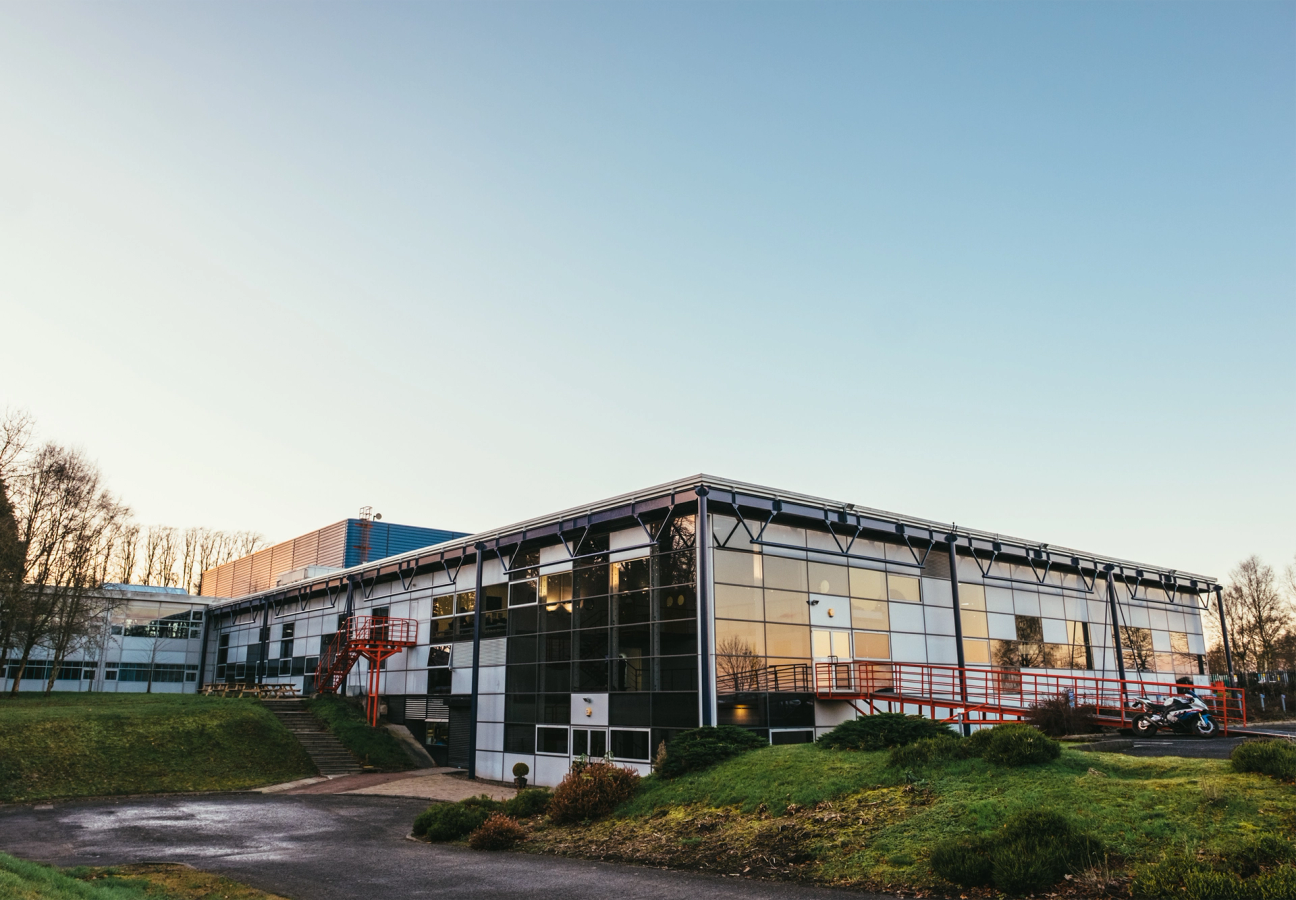
Linn’s Waterfoot factory
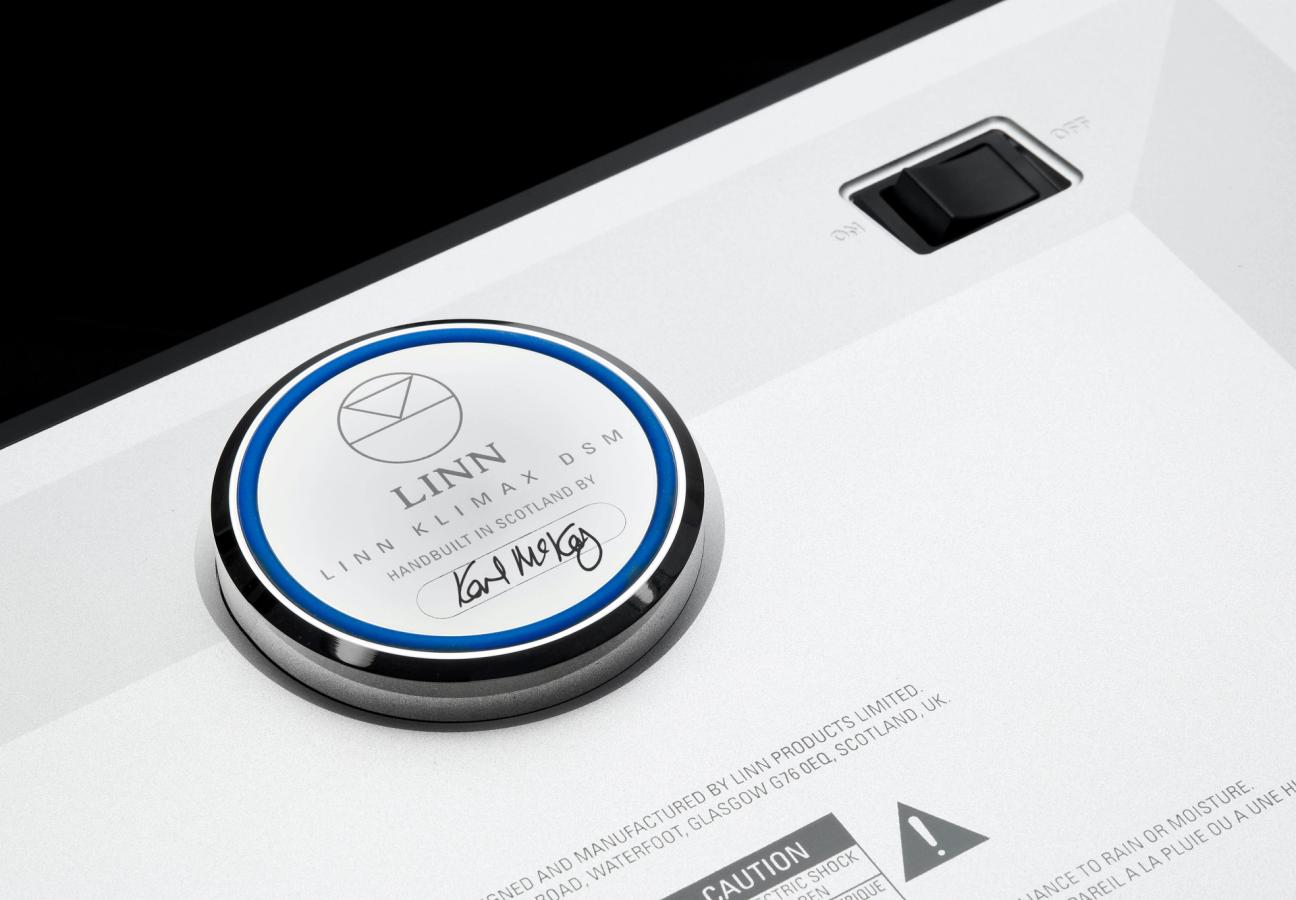
Here, rather than operate as an assembler, Linn focuses on what it calls Single Stage Build – the process of relying on skilled craftspeople to produce every component from beginning to end. As a testament to the care by which Linn abides, each product is rigorously tested before it leaves the factory and is hand-signed by the engineer responsible for it.
Though there is a consistent thread that connects Linn’s origins to what it is today – it remains within the Tiefenbrun family, and there is still an unwavering commitment to source-first – the company has still managed to leap forward, driven by the belief that it must pioneer the way. “When I started making the turntable”, says Ivor, “people said, ‘This is perfect.’ I said, ‘No, it’s not actually perfect.’ I said that we were getting about one per cent of the sound of an LP.”
Among Linn’s current portfolio, notable creations include the Klimax DSM, a sleek network player that streams virtually any digital source over a standard network, with Qobuz and TIDAL delivering music in studio master quality. The flagship 360 speaker is popular for its organic, curved profile and its ability to disperse sound cleanly to any corner of the room and completely eliminate audible distortion. Meanwhile, the bevy of power amps, the top end of which is the Klimax Solo 800, offers more precise and less bulky alternatives to their counterparts.
Linn's 360 speakers
Moreover, of particular note in recent years is Linn’s landmark collaboration with Sir Jony Ive, the seminal designer who created the framework for the elegant Apple aesthetic we know today. Following on from an online conversation in which Ive – a long-time enthusiast of the brand – expressed his admiration for Linn and mentioned that his design agency, LoveFrom, was set up to undertake joint projects, the two creative houses got together to work on a 50th-anniversary edition of the Sondek LP12, with Ive initially concentrating on areas regarding aesthetic and usability.
The result – the first product that Ive designed following his departure from Apple, in 2019 – was a refined turntable, available in only 250 units and featuring Bedrok plinth technology (what is essentially an acoustically silent platform), a new power/speed control button and hinges that had been precision-machined, and an embossed aluminium plaque with edition number.
The Sondek LP12-50, made in collaboration with Sir Jony Ive
“We’re getting closer and closer to real music. And that’s the beauty of what we do, that’s the challenge of what we do. It’s what makes us all passionate about working here,” says Gilad about the dedication that still drives the company and all of its projects, whether that be collaborations or purely in-house creations.
To achieve that goal of bringing people closer to the music, the priority – as with most ventures that lead the way in their field – has always remained on what’s important: focusing on the source; prioritising a reduction or a complete elimination of distortion; never settling on good enough.
These are the fundamentals that have underpinned Linn and allowed it to thrive for more than 50 years. Anything else beyond these core principles is, quite simply, just noise.
Want more music content? These are the singers who might perform the next James Bond theme song…




